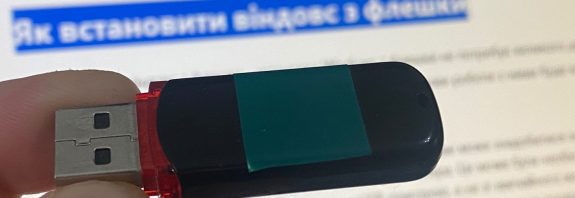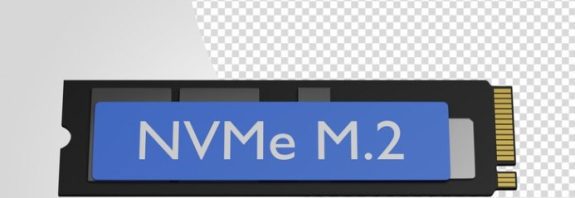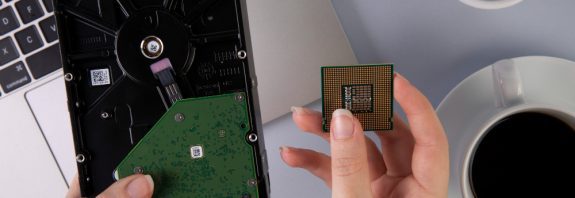What format should you use to format a USB drive

Choosing a Format for Formatting a USB Drive: Which One to Pick and Why
What format should you use to format a USB drive? Formatting a USB drive is an essential process that clears storage space and prepares the device for further use. However, selecting the right format is critical, as it affects the drive’s compatibility with various devices and operating systems, as well as its data storage capabilities and security. In this article, we’ll explore different formatting options for USB drives and explain which format is best suited for specific scenarios.
1. FAT32 (File Allocation Table 32)
FAT32 is one of the most versatile formats for USB drives, supported by nearly all operating systems, including Windows, macOS, Linux, and various mobile devices. Its main advantages are broad compatibility and support for files up to 4 GB in size. FAT32 is ideal for USB drives with capacities up to 32 GB.
2. exFAT (Extended File Allocation Table)
exFAT is an enhanced version of the FAT file system, designed for USB drives with larger storage capacities. It supports files exceeding 4 GB, making it an optimal choice for drives larger than 32 GB. However, note that exFAT compatibility may be limited on some older operating system versions.
3. NTFS (New Technology File System)
NTFS is a file system developed by Microsoft for Windows operating systems. It offers advanced features like security permissions, data compression, and journaling, making it a popular choice for USB drives used with Windows. However, NTFS may have reduced compatibility with other operating systems like macOS and Linux.
4. HFS+ (Hierarchical File System Plus)
HFS+ is the file system used on Mac computers. It supports features such as journaling and data encryption, making it a solid option for USB drives within the Apple ecosystem. However, drives formatted in HFS+ may face compatibility issues with devices running other operating systems.
Conclusion
What format should you use to format a USB drive? When choosing a format for formatting a USB drive, consider your specific needs, the types of files you’ll store, and the drive’s compatibility with different devices and operating systems. Each format discussed has its own strengths and advantages, and the decision should align with your individual requirements and use case.









